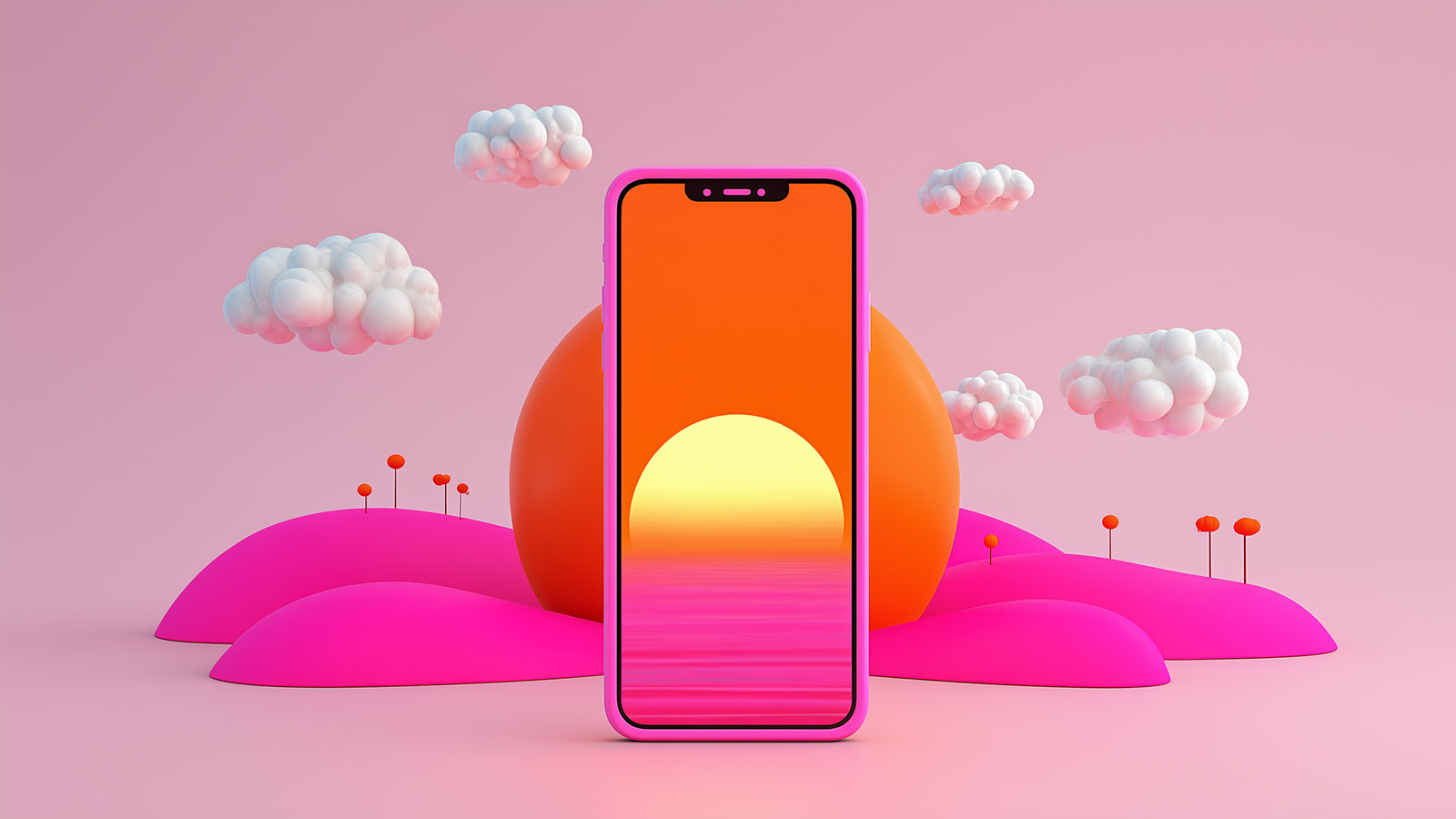What Strategies Can Help Overcome Inattentional Blindness in App Design?


Introduction
Inattentional blindness is a phenomenon where users fail to notice critical elements in a mobile app because their attention is focused elsewhere. This can result in missed features, lost revenue, and frustrated users. Understanding how to mitigate inattentional blindness is crucial for effective app design. By implementing thoughtful design strategies, you can enhance user engagement and improve the overall app experience.
To tackle inattentional blindness, it’s essential to grasp its impact on mobile apps and explore practical strategies to address it. Learn how leveraging real-world context with tools like ContextSDK can provide insights to refine app design and boost user interaction. For additional resources on addressing visual accessibility issues, check out this comprehensive guide on designing for vision impairments and color blindness-friendly design tips.
What Is Inattentional Blindness?
Inattentional blindness occurs when users are so focused on one aspect of an app that they fail to notice other important elements. This often happens when the design is cluttered or when users are overwhelmed with too many options. In mobile app design, this can lead to users missing critical features or functions, affecting their overall experience. Understanding how to address this issue involves analyzing user behavior and optimizing design elements to ensure key information is not overlooked.
Incorporating features that cater to users' real-world contexts can significantly reduce inattentional blindness. For instance, ContextSDK, a leading on-device AI startup, offers tools that provide actionable insights based on over 200 mobile signals, helping to tailor the user experience according to their current activity. This approach ensures that users are more likely to engage with relevant features and notifications.
Strategies to Overcome Inattentional Blindness
1. Simplify the User Interface
A cluttered interface can contribute to inattentional blindness by overwhelming users with too many elements. Simplifying the user interface helps users focus on the most important aspects of the app. Implementing a minimalist design approach can reduce cognitive load and make key features more prominent.
For more insights on effective UI design, refer to this guide on change blindness in UX.
2. Prioritize Content Hierarchy
Organizing content in a clear hierarchy allows users to easily navigate and locate essential information. Use visual cues such as headings, bullet points, and contrasting colors to guide users' attention to the most important elements. This strategy helps prevent critical content from being missed.
3. Utilize Contextual Awareness
Integrating real-world context into your app design can significantly reduce inattentional blindness. Tools like ContextSDK analyze over 200 mobile signals to understand user behavior and provide relevant prompts based on their activity. For example, ContextSDK's ContextDecision service identifies optimal times for user engagement, which helps ensure that notifications and features are timely and relevant.
4. Implement Progressive Disclosure
Progressive disclosure is a technique where information is revealed incrementally, preventing users from being overwhelmed by too much content at once. This method ensures that users focus on one aspect of the app before moving on to additional details, reducing the likelihood of missing important features.
5. Optimize for Mobile Devices
Given the small screens of mobile devices, it’s crucial to design with touch interactions and screen real estate in mind. Ensure that interactive elements are easily accessible and that important features are prominently displayed without excessive scrolling or navigation.
6. Test and Iterate
Regularly testing your app with real users can provide valuable insights into how they interact with the interface. Conduct usability tests to identify areas where inattentional blindness may be occurring and iterate on the design to address these issues.
The Role of ContextSDK in Addressing Inattentional Blindness
ContextSDK enhances mobile app design by offering detailed insights into user behavior based on real-world context. With products like ContextDecision and ContextPush, ContextSDK helps apps deliver highly personalized and relevant experiences. ContextPush focuses on sending push notifications at the perfect moment to achieve the highest open-rate and lowest opt-out rate. Meanwhile, ContextDecision uses this data to optimize the timing of in-app offers and prompts, ensuring users are more likely to notice and engage with important features.
The integration of ContextSDK's tools helps address inattentional blindness by aligning app interactions with users' real-world contexts, ultimately improving engagement and satisfaction. This approach ensures that app features are not only visible but also timely and relevant.
Conclusion
Addressing inattentional blindness in mobile app design requires a strategic approach that includes simplifying interfaces, prioritizing content, and utilizing contextual awareness. Tools like ContextSDK play a crucial role in enhancing user engagement by providing valuable insights into user behavior and optimizing interactions based on real-world context. By implementing these strategies, you can create a more intuitive and effective app experience.






